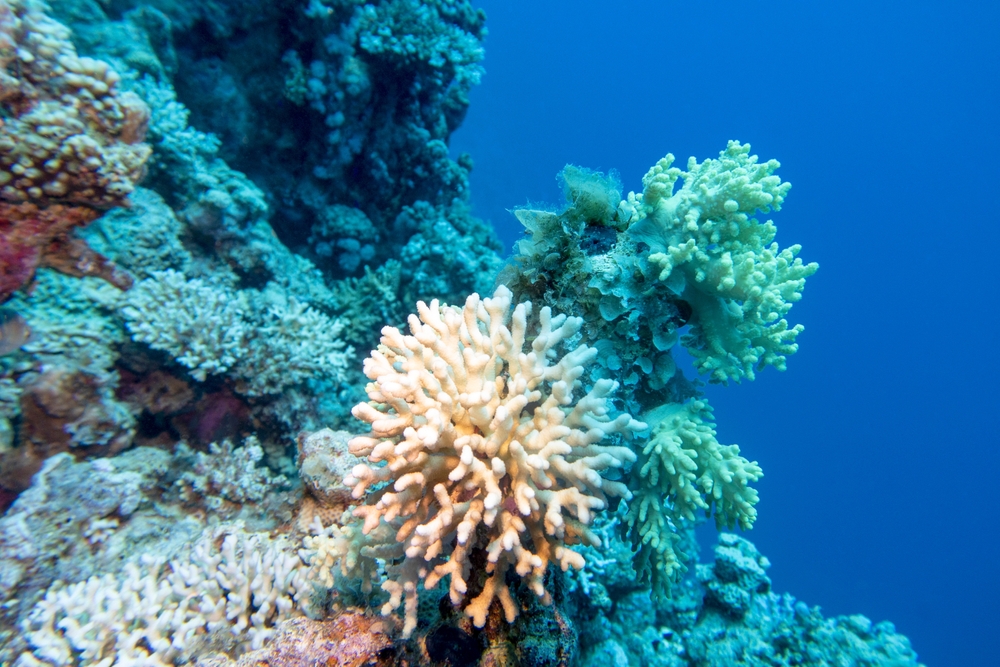We all know it takes some practice learning to swim in the ocean with waves and riptides pulling at us. With some practice and experience, though, it becomes a fun, even fulfilling pastime. Now, imagine how hard it would be if the ocean were tar instead of water.
This is essentially what it is like for microorganisms like bacteria and sperm just swimming in the water, which is incredibly thick to them. Scientists are still a bit baffled by how they do this, but with the invention of a new robotic swimmer from Brown University, they now have a better idea.
Benefits from micro-swimmers
The new tiny device mimics the actions of microorganisms with a mechanized corkscrew-like appendage exactly like the flagellum, the propelling tail organ that sperm and other microorganisms use to get around. It is self-propelled, reconfigurable, and remotely controlled, giving researchers a more detailed look at the fluid dynamics of flagellar motion.
This may seem like very specific and esoteric research, but the hope is that the data this technology provides could be useful for fertility treatments and understanding how infections and diseases spread through human systems.
“Microorganisms use an incredibly complex form of locomotion,” says Roberto Zenit, a professor in Brown University’s School of Engineering and a senior author of the research in the Review of Scientific Instruments. “We have mathematical models that make approximations of how it works but to improve those approximations we need to make detailed measurements of the velocity fields around these organisms. By making a device that can mimic that swimming as closely as possible, we hope to make some of those measurements.”
Zenit consulted Daniel Harris, a professor of engineering who heads a lab specializing in fluid dynamics and custom projects. Harris and his team 3D-printed a prototype device based on an E. coli bacterium, with a cylindrical head, about 2.36 inches long and .78 inches in diameter. There’s a motor and power supply in the head, which drives a helical tail on the back 3.5 inches long. They tested this device in a benchmark experiment swimming through corn syrup and water, a size-viscosity equivalent to bacteria moving through water. With this, they were able to confirm certain models and better understand the movement of E. Coli.
Source Study: AIP — Force and torque-free helical tail robot to study low Reynolds number micro-organism swimming: Review of Scientific Instruments: Vol 93, No 4 (scitation.org)












